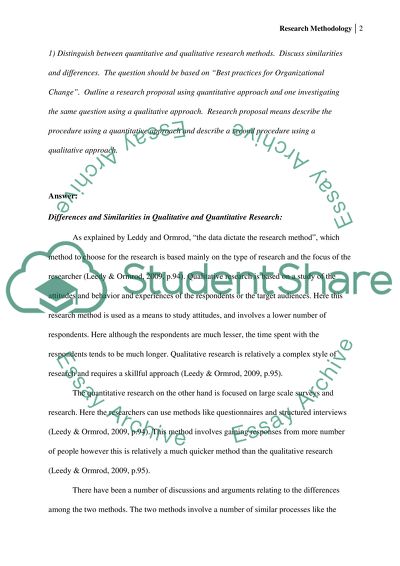Cite this document
(“Best practices for Organizational Change Essay Example | Topics and Well Written Essays - 1000 words”, n.d.)
Retrieved from https://studentshare.org/social-science/1413643-best-practices-for-organizational-change
Retrieved from https://studentshare.org/social-science/1413643-best-practices-for-organizational-change
(Best Practices for Organizational Change Essay Example | Topics and Well Written Essays - 1000 Words)
https://studentshare.org/social-science/1413643-best-practices-for-organizational-change.
https://studentshare.org/social-science/1413643-best-practices-for-organizational-change.
“Best Practices for Organizational Change Essay Example | Topics and Well Written Essays - 1000 Words”, n.d. https://studentshare.org/social-science/1413643-best-practices-for-organizational-change.


